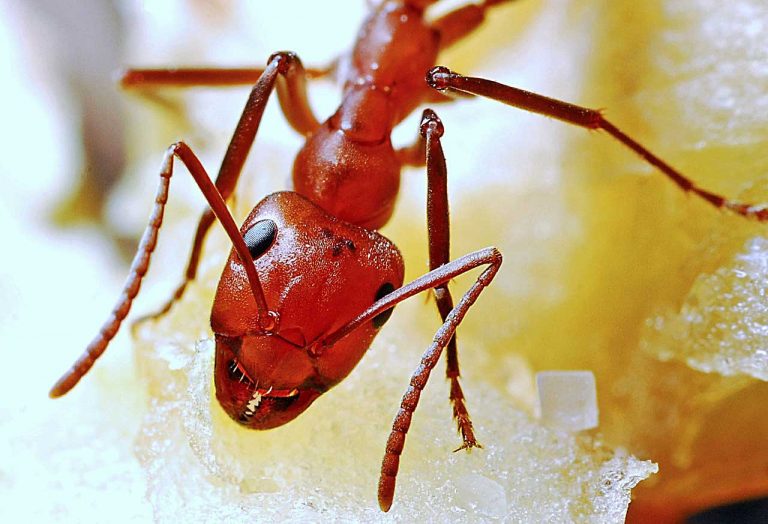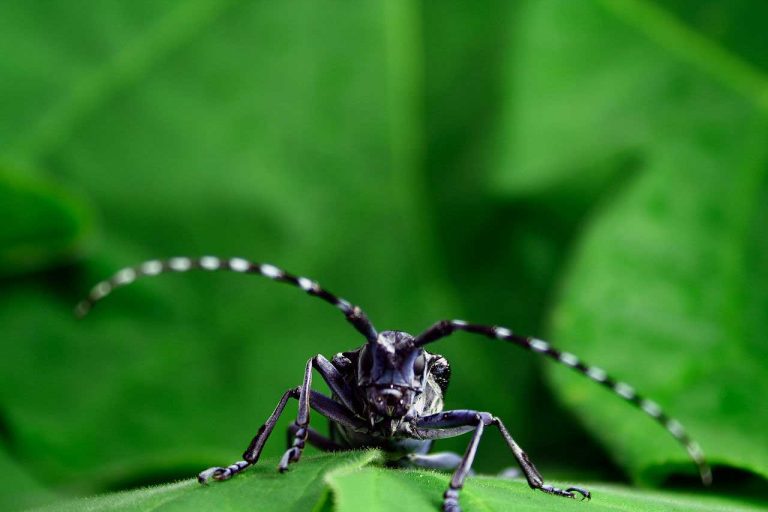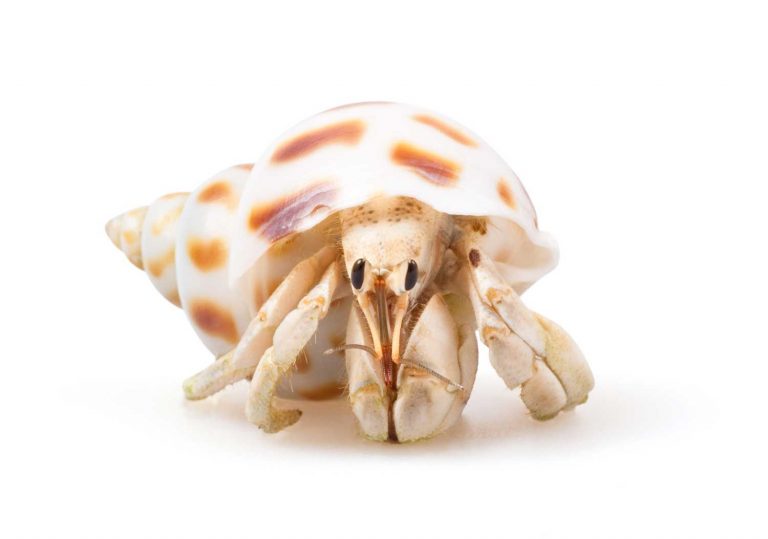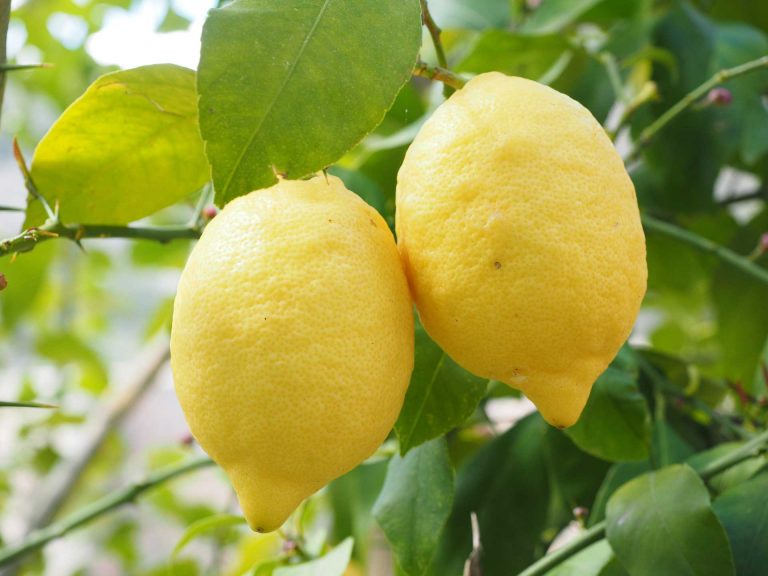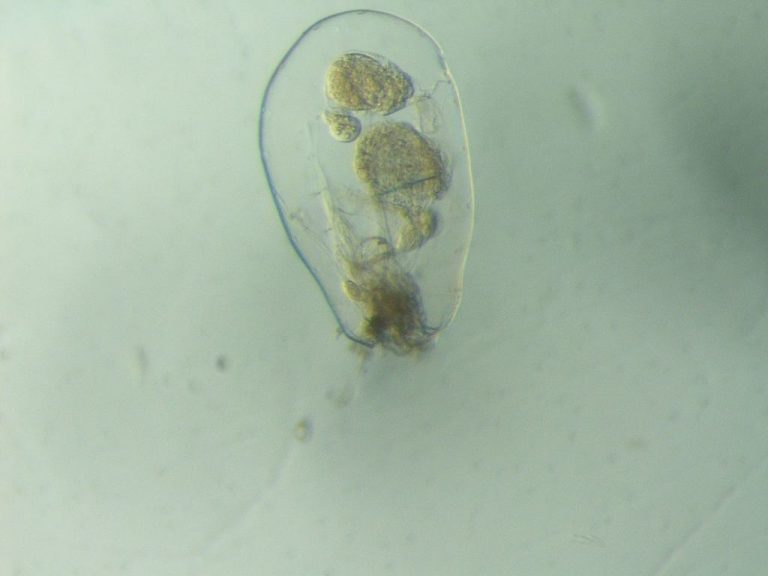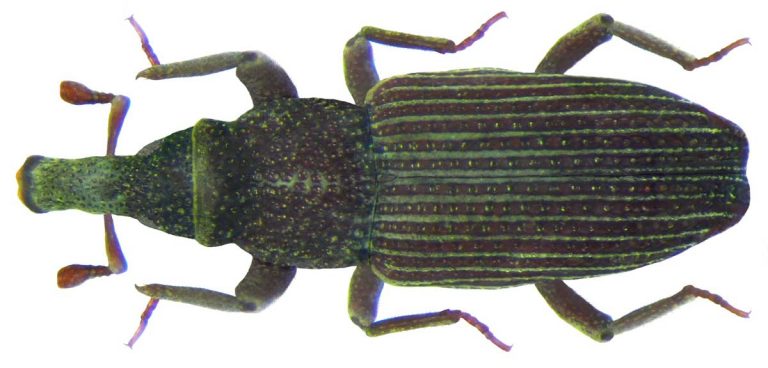Daffodils – The Flowers that Inspired William Wordsworths Poem
Scientific Classification
| Kingdom: | Plantae |
| Clade: | Angiosperms |
| Clade: | Monocots |
| Order: | Asparagales |
| Family: | Amaryllidaceae |
| Subfamily: | Amaryllidoideae |
| Genus: | Narcissus |
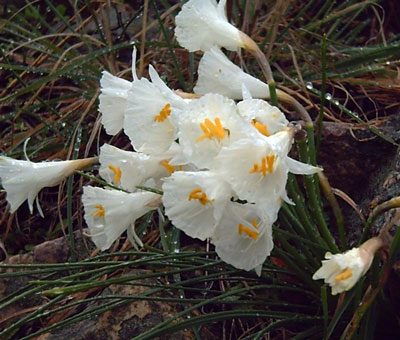
Daffodils is a spring flowering plant from the hardy family of Amaryllis and subfamily Amaryllidoideae. They are perennials and of the bulbous variety. A few or almost all of the genus normally go by the names, narcissus, daffodil, as well as jonquil. They grow in the pastures and forests of Europe, Western Asia, and Northern Africa and distribute centrally in the West Mediterranean region. This beautiful flower inspired Willam Wordsworth to write the poem, “Daffodils.”
Anatomy
Description: This cut flower resembles a trumpet with the six external petals of cup configuration. A few stems yield bunches of flowers while some give just a single one. The external petals are white or yellow; cups are yellow, white, salmon or orange, and the edges of a few are of orange color.
Cultivating Daffodils Domestically
Preparation for planting
Follow daffodil plant care instructions meticulously.
Sun exposure: partly or complete sunlight
Soil type: loamy.
pH: moderately acidic to neutral.
Flower color: White, orange, yellow.
Bloom time: Spring
While planting the daffodils, for best results, keep the bulb to a depth of almost thrice its height. Daffodils accommodate some crowding at planting, but spacing them at a distance of 3 to 6 inches will achieve best results. Sprinkling fertilizer in the holes while planting is helpful.
- Do not leave plants like daffodils, which flower in spring, uncovered. Loosen the mulch, the covering protects the shoots from the dry winds and cold.
Planting and Placement
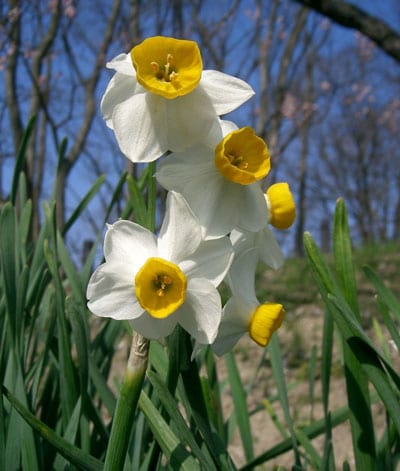
Photo by: KENPEI
Plant the daffodils to a depth of twice its height, around 8-10 cm (3-4”) for little bulbs and 12-15cm (5-6”) for the bigger variety of bulbs. Planting them deep benefits the flowering for the coming years. Properly drained soil is essential for Daffodils. Maintain the moisture of the soil but never soak it. Daffodils have never liked soaked feet. During the blooming time, water the Daffodils once weekly. They flourish in bright sunlight but still require slight shade.
Watering
At the initial stage of planting, water them sufficiently so as to dampen the whole region, although this is required when the condition of the weather is unusually dry. Normal rain substitutes watering. If you plant the bulbs deep enough, then you no longer need to water while they are blooming. The key word for prosperity is to plant them deep at the initial stage.
After Bloom care
Time Spring
Following the flowering, let the leaves turn yellow and dry on their own. You need not cut the leaves earlier, since they feed the bulbs. If you cut the leaves prior to turning yellow, the Daffodils fail to flower the following year.
Never leave the faded flowers on the plant. Immediately when the flower withers, behead it. This permits the nutrients to penetrate into the bulbs. Allow the foliage to remain in its place for supplementing the bulbs with food to enable growth for the following year. Let the leaves remain till it is yellow for a period of nearly 6 to 8 weeks. If the leaves are cut off prior to the occurrence of photosynthesis, the bulbs are likely to receive insufficient nutrients and may wither away.
As Cut Flower
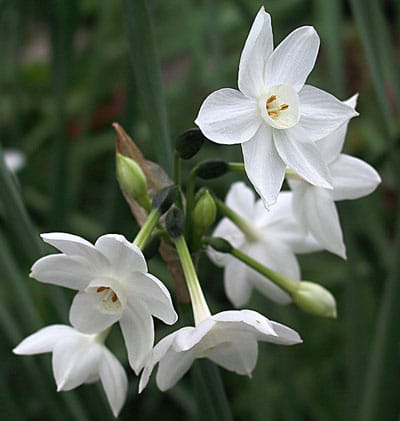
Purchase the Daffodils when they are slightly closed. They will bloom later when placed in water for some time.
It is best to set the Daffodils only with other Daffodils because their sap is poisonous to other variety of flowers. Do you wish to arrange a mixture of flowers? Then it is better to immerse the Daffodils stalks throughout the night in chill water so that a little of their sap is released.

Having discovered a fondness for insects while pursuing her degree in Biology, Randi Jones was quite bugged to know that people usually dismissed these little creatures as “creepy-crawlies”.


